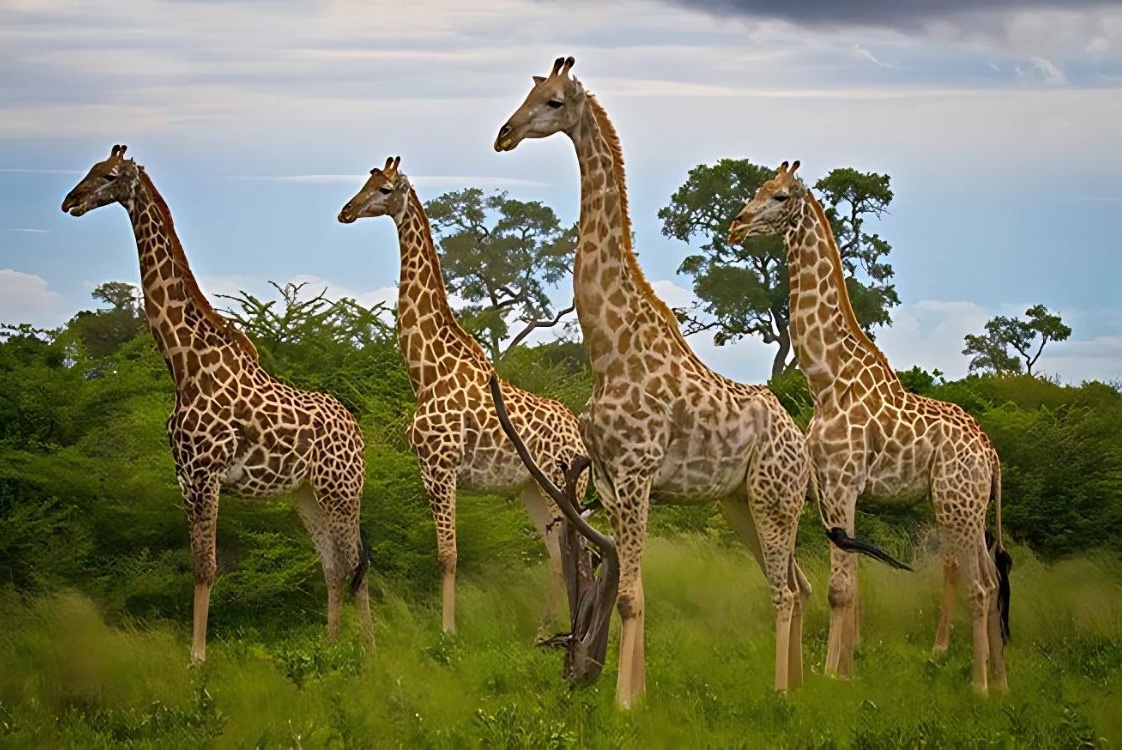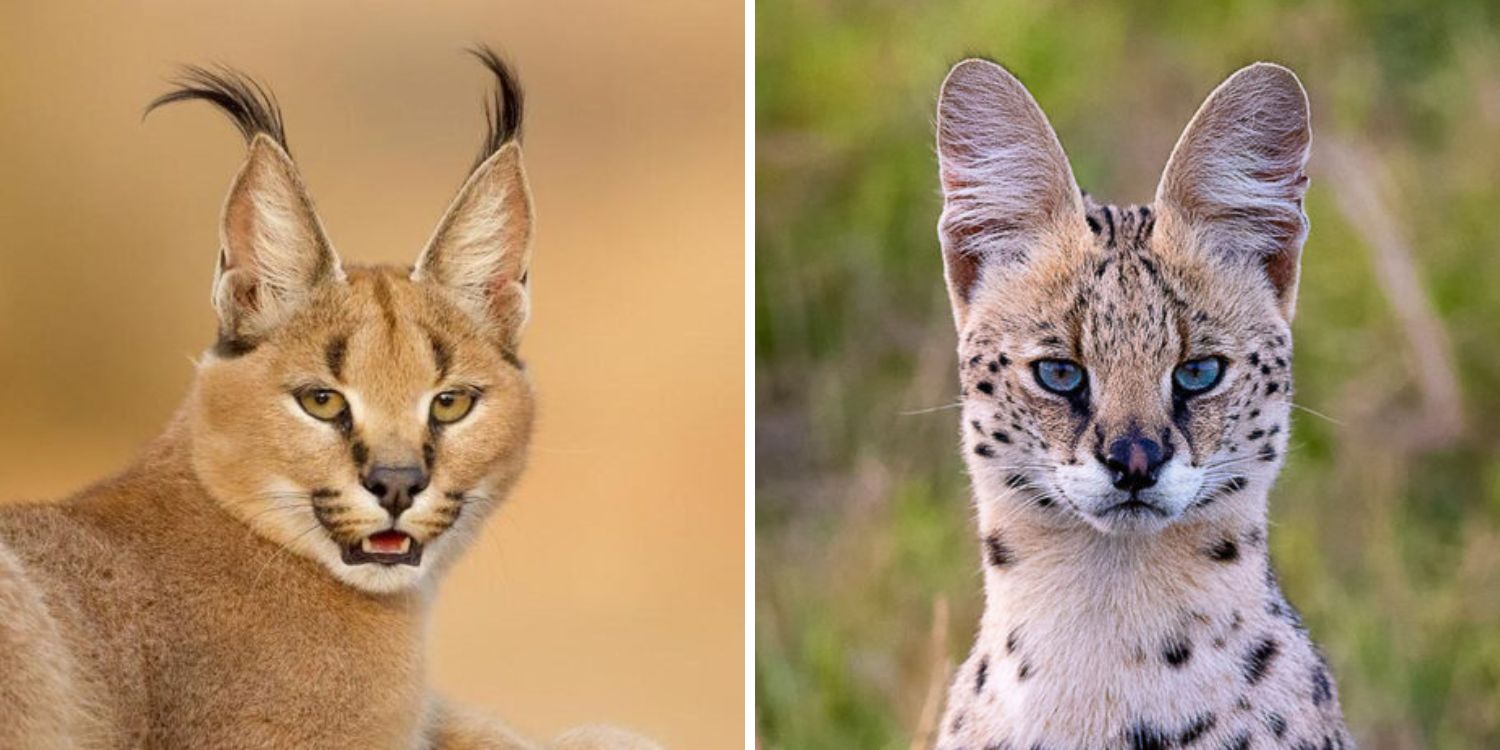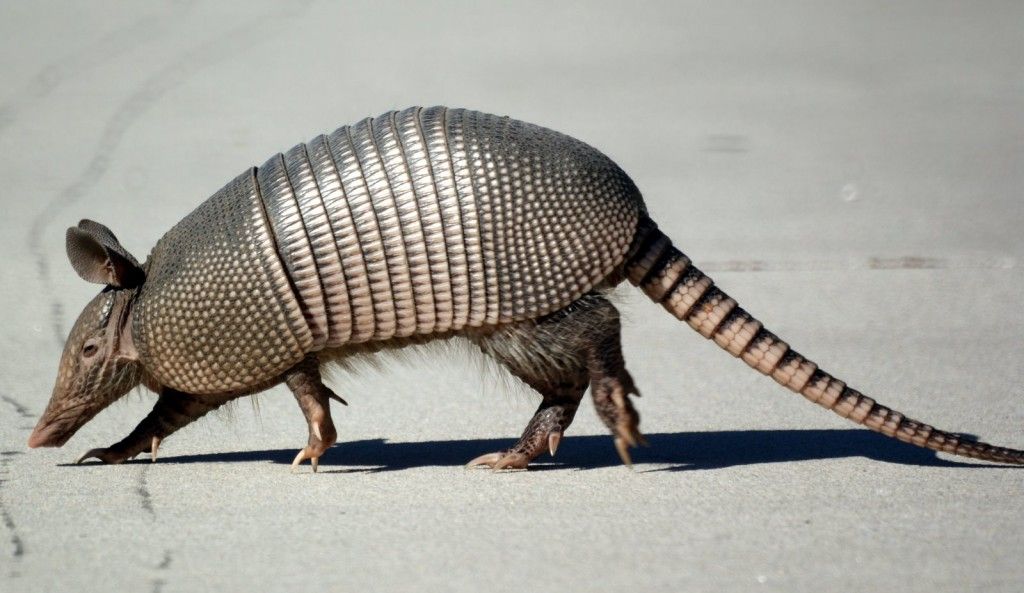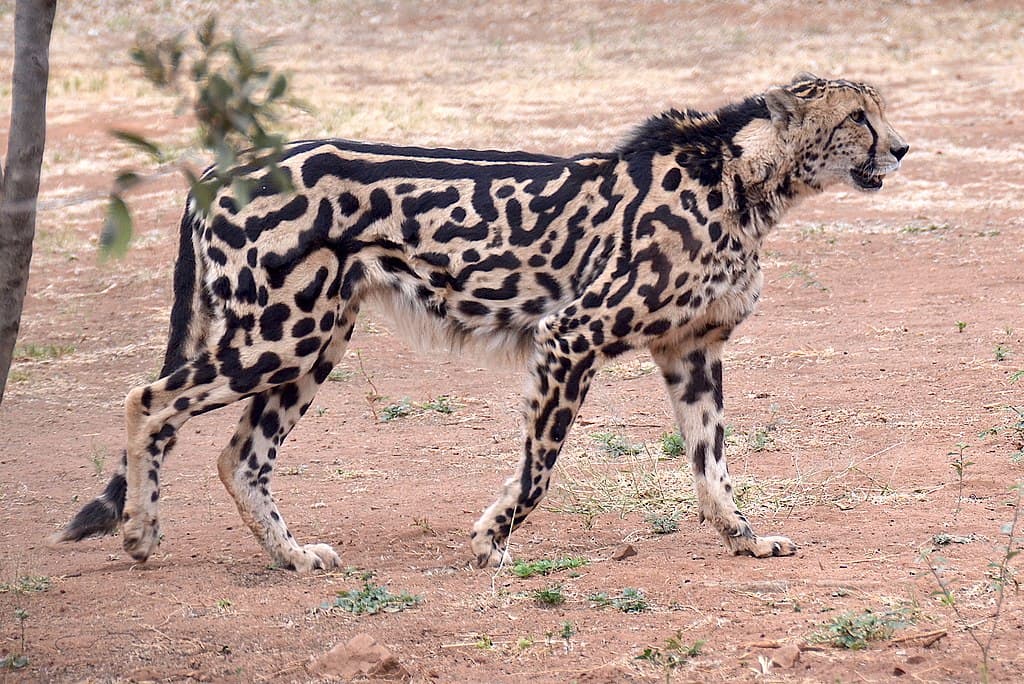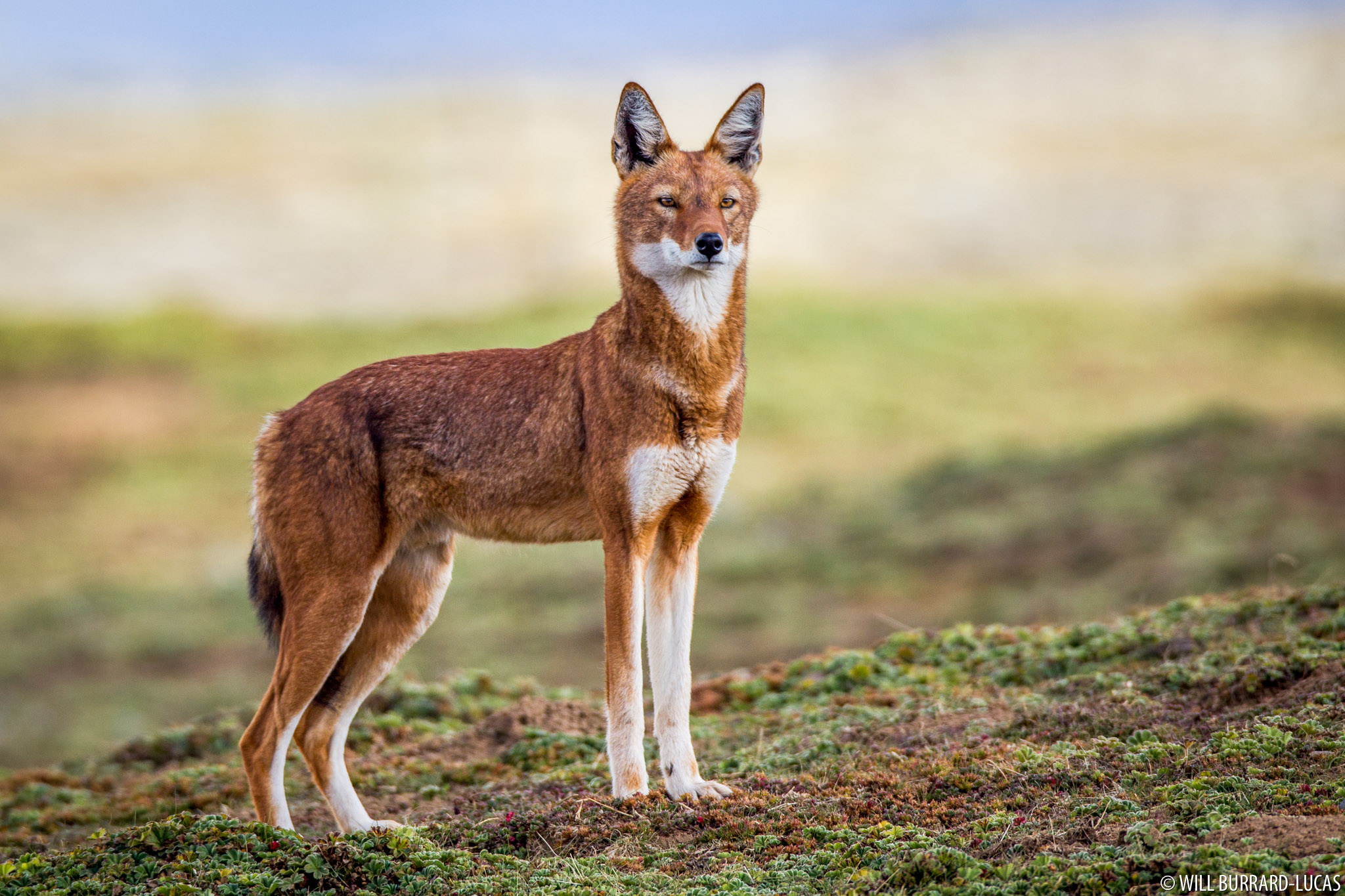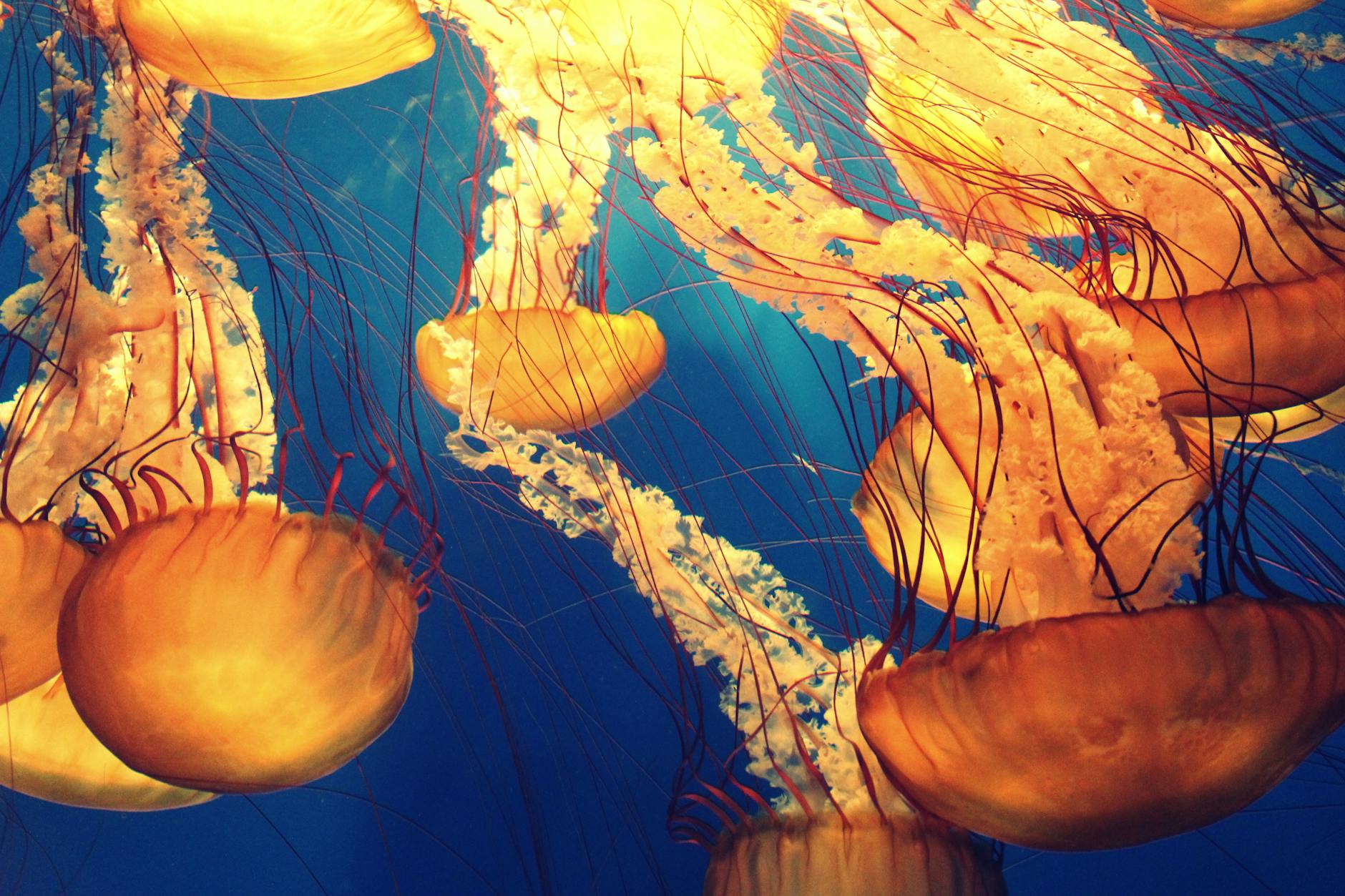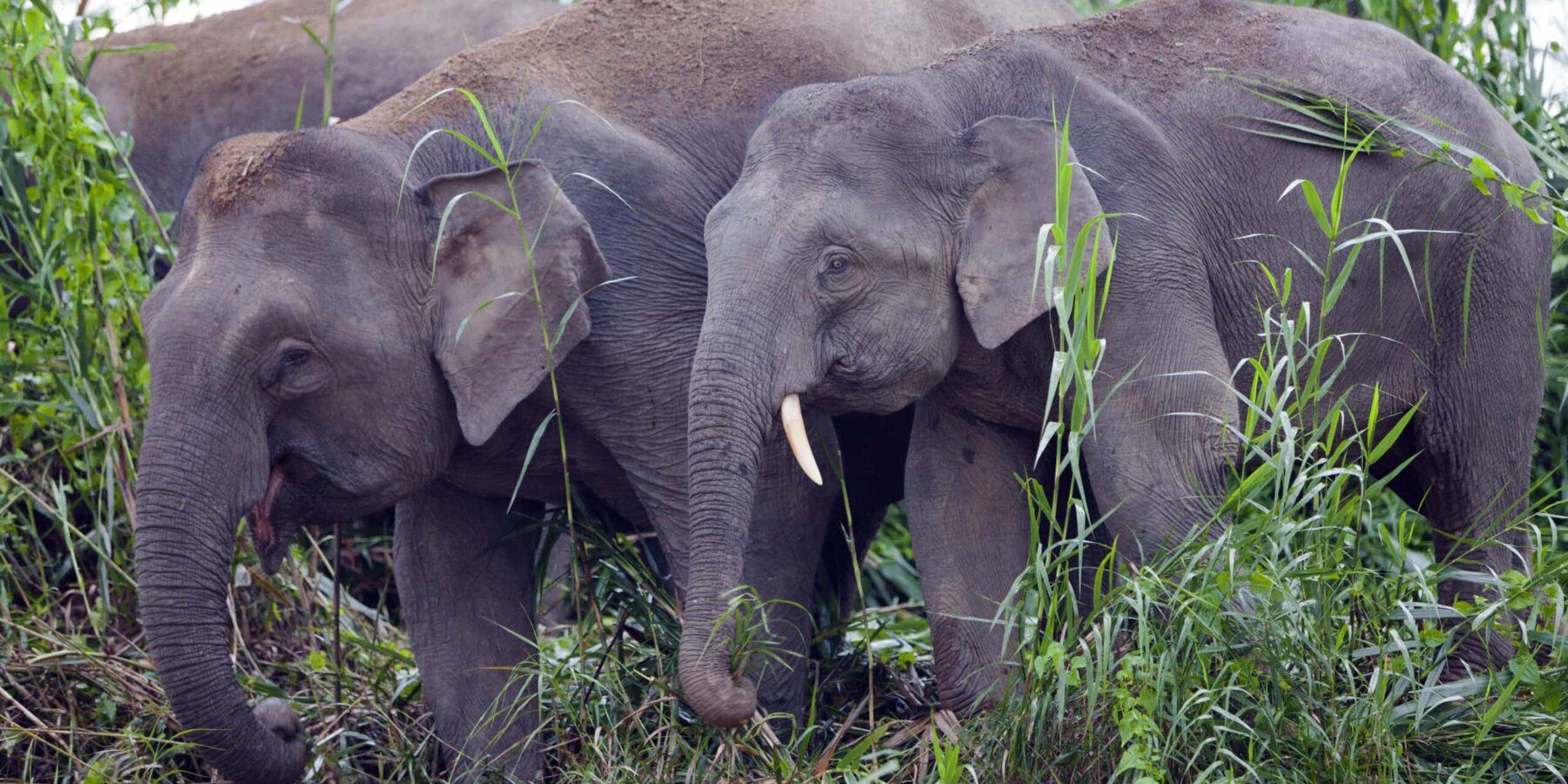
When you hear the word “elephant,” you probably think of towering tusks, thunderous footsteps, and powerful herds roaming the savanna. But deep in the lush rainforests of Borneo lives a rare, smaller cousin that flips that image on its head.
The Borneo pygmy elephant (Elephas maximus borneensis) might be the most adorable – and mysterious – elephant species on Earth. With oversized ears, chubby bellies, and a gentle demeanor, they look like they’ve stepped out of a children’s book… but their story is anything but simple.
So, What Is a Pygmy Elephant?
The Borneo pygmy elephant is a subspecies of the Asian elephant, found only on the island of Borneo, primarily in the Malaysian state of Sabah and parts of northern Kalimantan in Indonesia. Despite their name, these elephants aren’t tiny – just smaller than their mainland cousins.
- Height: 7–8 feet at the shoulder
- Weight: Around 6,000 pounds
- Lifespan: Up to 60 years in the wild
But it’s not just their size that sets them apart. Pygmy elephants have:
- Rounder faces
- Longer tails that often reach the ground
- Straighter tusks
- Docile, easygoing temperaments
They’re sometimes called the “teddy bears” of the elephant world and it shows.
A Forest-Dwelling Enigma
Unlike their savanna-dwelling African relatives, Borneo pygmy elephants live in dense tropical rainforest, where they travel in family groups through narrow jungle trails in search of food and water. They eat over 150 species of plants, including wild bananas, bamboo, fruits, grasses, and tree bark.
These elephants play a vital role in their ecosystem as seed dispersers, helping to maintain the biodiversity of the rainforest. Wherever they go, they leave behind fertilized seeds and trampled paths that benefit other wildlife.
Where Did They Come From?
This is where things get mysterious.
Some scientists believe pygmy elephants have been isolated on Borneo for over 300,000 years, evolving separately from mainland Asian elephants.
Others suggest a more recent origin: that they’re descendants of elephants gifted to the Sultan of Sulu in the 1600s, which were later released into the wild. Genetic studies suggest the long-isolated theory may be correct, but the debate isn’t settled.
Either way, they’ve been in Borneo long enough to develop their own look, behavior, and ecological role.
Gentle Giants… in Trouble
Despite their charm, Borneo’s pygmy elephants are endangered, with estimates suggesting fewer than 1,500 remain in the wild.
Their biggest threats include:
- Deforestation from palm oil plantations and logging
- Habitat fragmentation, which blocks their traditional travel routes
- Human-elephant conflict, especially as elephants wander into farmland
- Poaching, though less common, still occurs
When forest corridors are lost, elephant families are cut off from food sources and breeding partners and that spells trouble for long-term survival.
Conservation Efforts
Efforts are underway to protect the pygmy elephant, including:
- Creating wildlife corridors to reconnect fragmented habitats
- Tracking and research to better understand their movements and needs
- Community-based conservation that helps farmers coexist with elephants
- Eco-tourism programs that support local economies while raising awareness
Final Thoughts
The Borneo pygmy elephant is proof that not all elephants stomp and trumpet their way through life. Some prefer the shadows of ancient forests, where they quietly browse, raise their calves, and shape the jungle in gentle, important ways.
They’re rare. They’re vulnerable. And they remind us that even the “smallest” giants deserve our attention.
Fun Fact: A pygmy elephant calf is born weighing around 200 pounds, but within minutes, it can stand and walk, ready to follow its mother through the jungle.
Ready to meet more miniature marvels? Stay tuned as we continue our journey through the world’s tiniest and rarest wild creatures. Up next: take a look back at our post on the fierce kitten-sized predator known as the rusty-spotted cat.
More photos below ↓






Disclaimer: This blog post is for edutainment purposes only and may not be entirely accurate.

